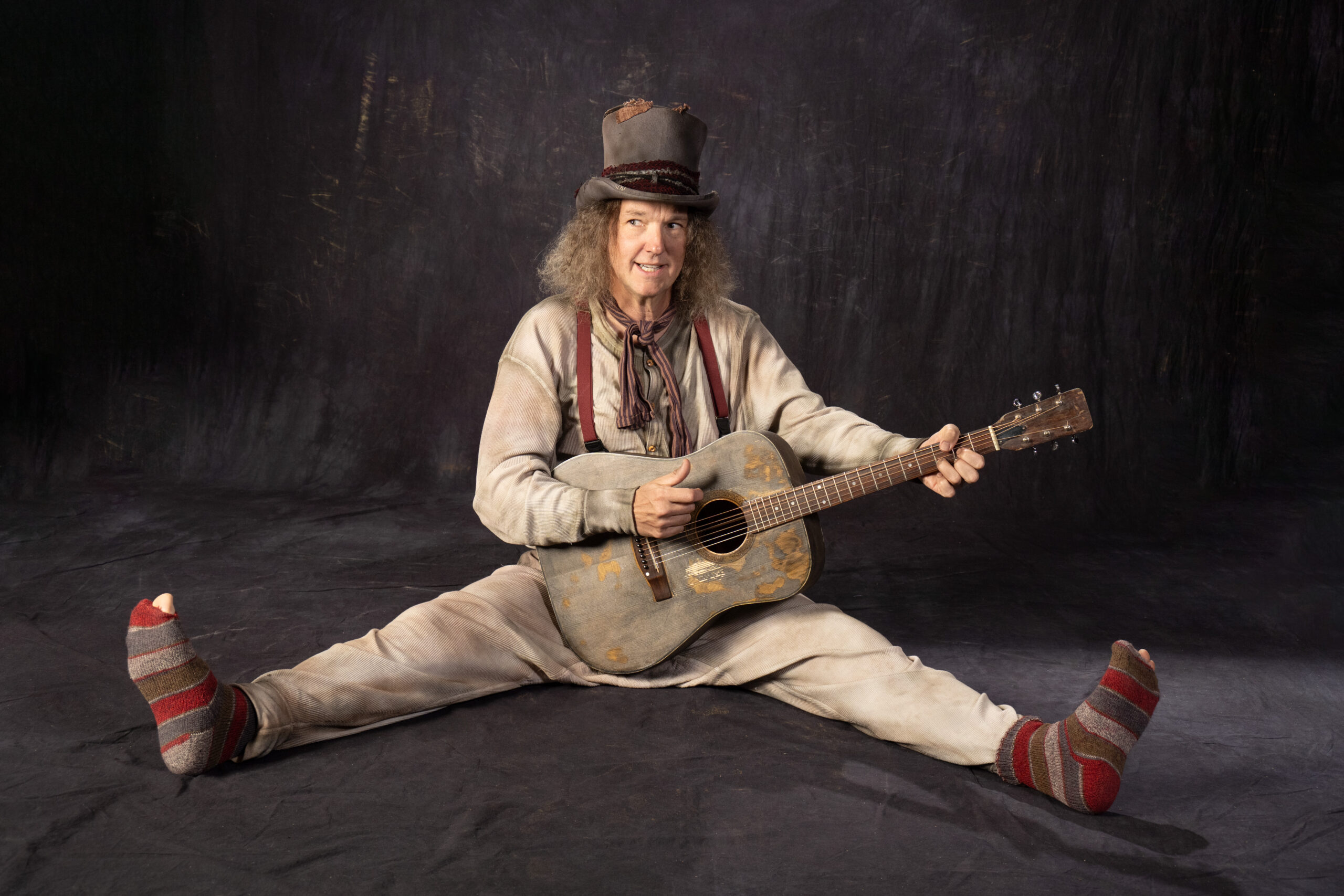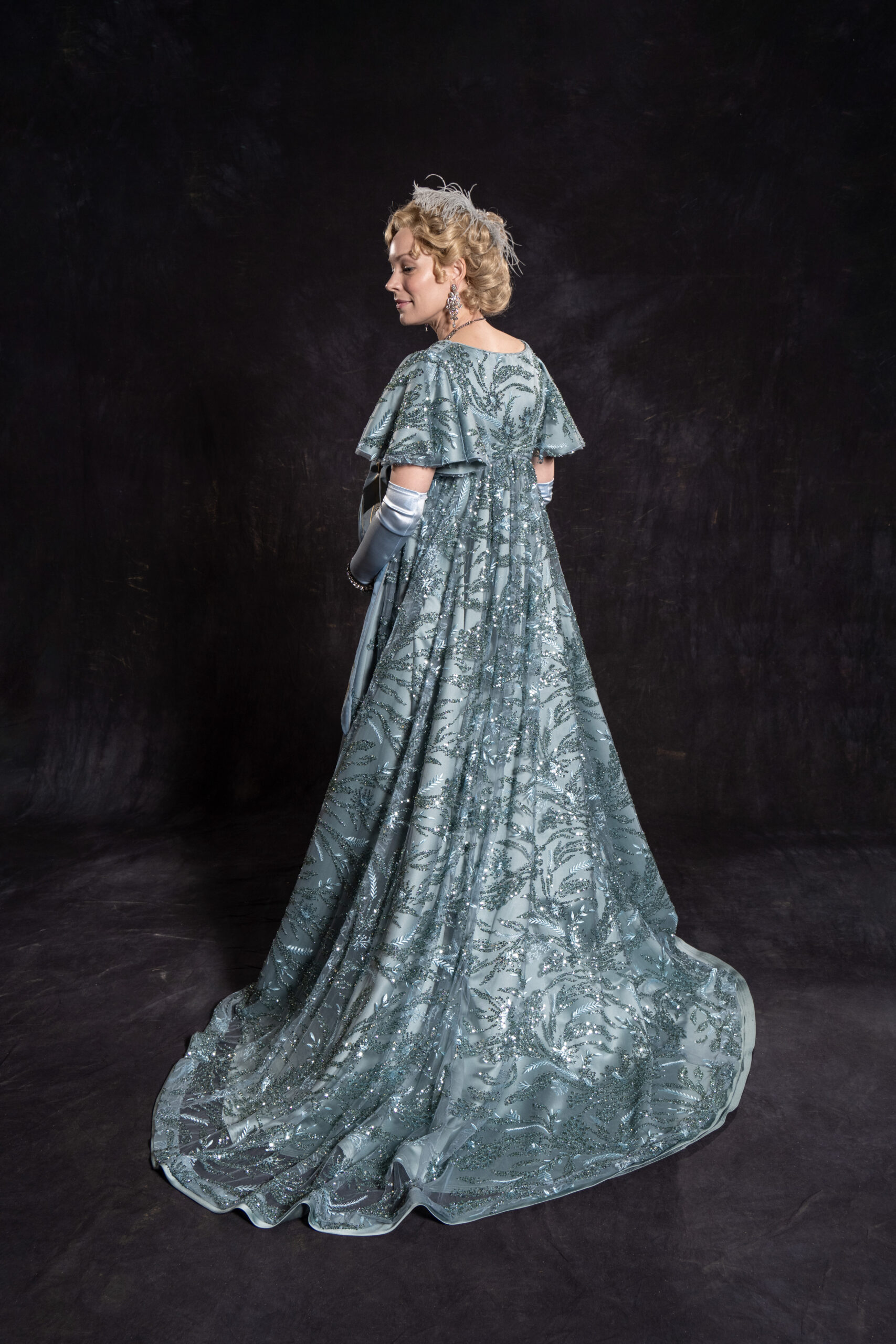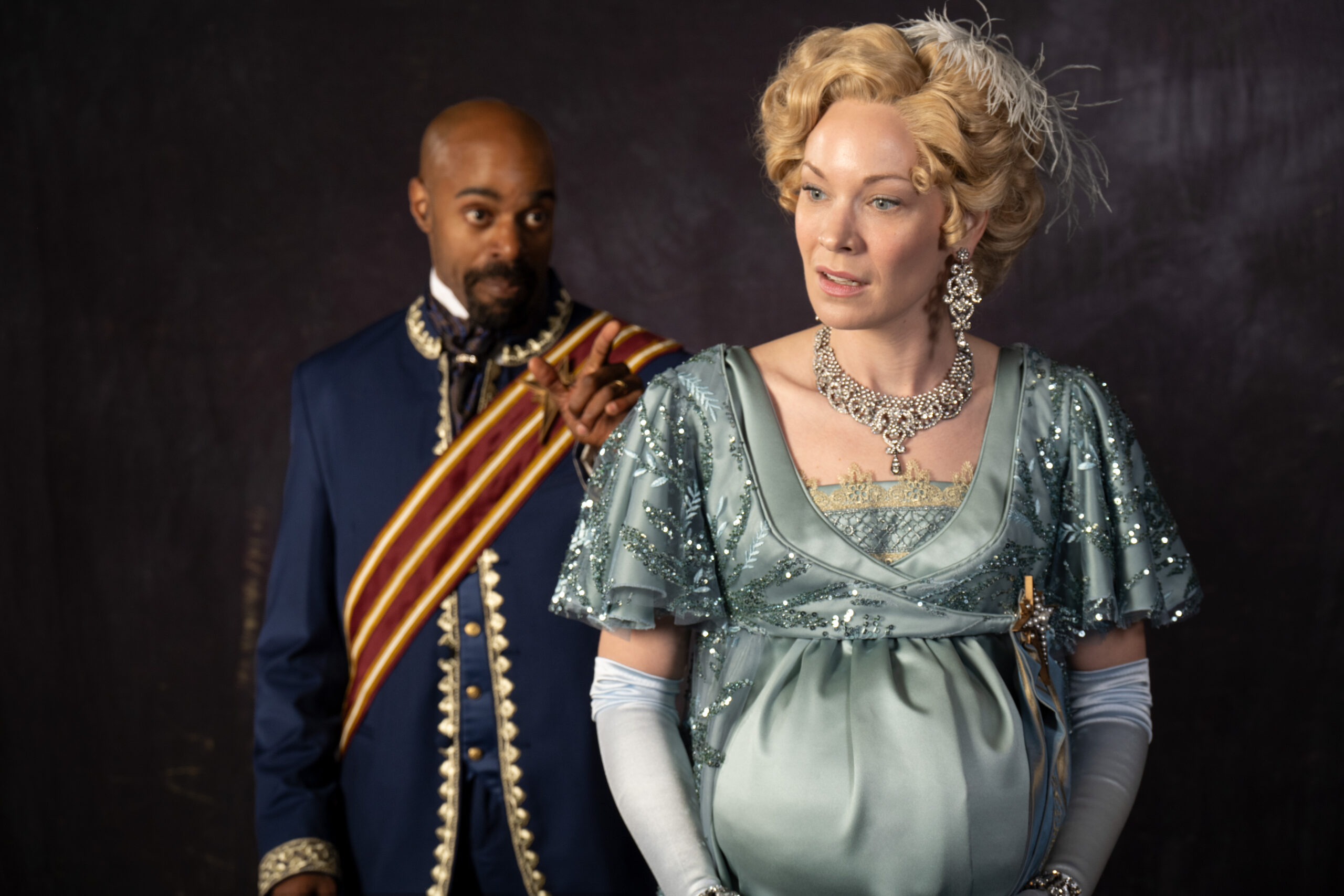CEDAR CITY — The Winter’s Tale is known as one of Shakespeare’s romances. Not the huggy, kissy kind of romance, the Renaissance version which means a “fantastical tale of high adventure, supernatural events and exotic locations.” Last staged at Utah Shakespeare Festival in 2011, the play stands as a highly entertaining and accessible piece of entertainment that practically any theatergoer can enjoy.
The story centers on King Leontes of Sicily, who loses his mind one day because he thinks his wife is sleeping with his best friend. In his rage, he alienates, banishes and orders killed those he cares about. But that’s just the first part. Most of the play is an outright comedy, and shows the gradual healing of the characters from Leontes’ drastic choices, until everything comes together again in a happy ending.
The Winter’s Tale will feel familiar to anyone who’s seen a Shakespeare play before, and features many of his hallmarks like oppressive fathers, young lovers, disguises, a shipwreck, and a giant bear who eats a man alive. (Okay, the last one is admittedly an outlier; it’s also the best part.)
This production features many outstanding performances. Chauncy Thomas excelled as the play’s most dynamic and dramatic character, Leontes. His asides to the audience were superb, and he delivered the archaic language fluently, in a way that made it easy for the audience to understand, without pandering to them. Whether he was portraying a dark descent into madness, or a repentant figure, Thomas’ performance was outstanding.
Matching him in execution and regality were Geoffrey Kent as King Polixenes and Tracie Lane as Queen Hermoine, who Leontes cruelly condemns to death. Lane was magnetic and graceful with powerful monologues and astounding facial expressions. She demonstrated both the delightful air of a good, honest person of privilege, as well as the exasperation and resilience of a wrongly accused woman shackled and tormented by those she should be able to trust. Lane’s physical performance, highlighted by holding a statue pose for a considerable length of time, even while being elevated from a trap door, was commendable. Carolyn Howarth amplified and deified the character of Hermoine by positioning her center stage, often elevated, for her big monologues.
I adored Tom Coiner as Camillo, the humble, noble servant of both kings. Coiner was utterly believable and supremely likable, and brought just the right amount of warmth and comedy to the role. His excellent diction and delivery not underscored his position in the court, but helped the audience in understanding the language as well. Camillo’s costuming (by Raven Ong) did wonders to establish his character as an honest, noble servant, with spectacles and orderly, conservative suits.

Also standing out was Alaysia Renay Duncan as the lost princess Perdita (her name a hint to her status as a “lost” child). Duncan’s movement, expressions and delivery of the Shakespearean language were superb. She displayed strong stage presence, a noble air and a confident-yet-sweet delivery that communicated her character’s goodness hidden nobility, and made her stand out among her fellow shepherds. Chris Mixon and John Harrell also demonstrated outstanding line readings and comic sensibilities as the Old Shepherd and roguish Autolycus, respectively. Mixon’s first scene where he discovers an abandoned baby and declares it the work of fairies was particularly hilarious.
Clever moments abounded in Howarth’s direction. Consider how the placement of the bear rug in the palace sets up the later reveal of an actual bear, or how Perdita’s adoptive father walked in on her and Florinzel flirting, causing the young lover to instantly opine on the virtues of chastity. Autolycus stealing the clothes right off the Clown’s back without him noticing was a particularly creative and elaborate scene. And I while can’t say much about what’s bound to be the production’s most-talked-about scene without spoilers, Antigonus’ death was another strong piece of direction, and demonstrated the heroic lengths the noble character would go to in order to protect others.
Apollo Mark Weaver’s bold set design underscored the contrasts between the kingdoms of Sicily and Bohemia. It featured two massive golden, roccoco picture frames around 10 feet wide, intersecting the stage on the diagonal, perhaps nodding to the strictness of the Sicilian Court. While I worried before curtain if the frames would unfavorably constrict movement, that never happened. On the contrary, they allowed Howarth to literally frame scenes, bringing the audience’s focus to specific moments and character dyads. Behind the frames were several flat aspen tree trunks (apropros to the Cedar City area), with wavy, natural forms, nodding to the rustic, pastoral vibe of Bohemia.

Lighting by Dona Ruzika was supportive and didn’t draw attention to itself. Ruzika tended to bathe scenes in solid colors. Moody blues for Sicily. White, yellow or pink for Bohemia. Sound designer and composer Lindsay Jones underscored Leontes’ jealous, plotting monologues with a tense musical tone. Since little of the rest of the play was scored, I wondered if it was necessary at first, but must admit it was effective at adding tension to those moments.
While strong performances and stage elements abounded, there were some small areas for improvement. While Trenell Mooring had some good ideas and line deliveries as Paulina, she didn’t quite meet the high bar set by other lead actors. She often did not use the diction necessary to fully hear and understand the language in the audience, and had multiple line flubs.
Smaller roles were filled by younger actors, who performed their parts remarkably well. However, there were a few questionable facial expressions from Leontes’ officers — and, generally, the scene where they face off against the raging king could have been tighter and more cohesive, with a greater connection between actors and fewer dead moments. Having a few more actors with more experience may have benefitted such scenes.
Overall, Utah Shakespeare Festival’s production of The Winter’s Tale is a good time for everyone — it has drama; it has comedy; it has love; it has redemption — packaged with tremendous professional acting and impressive staging. And it deserves to be seen and appreciated as much as some of the Bard’s more popular plays.
[box]Utah Shakespeare Festival’s production of The Winter’s Tale plays on the campus of Southern Utah University at the Engelstad Shakespeare Theatre on Tuesdays and Fridays at 8:00 PM through September 6. Tickets are $15-85. For more information, visit www.bard.org.[/box]
